PRODUCT DATA
C7061A,F Dynamic Self-Check
Ultraviolet Flame Detector
APPLICATION
The C7061A,F are dynamic self-checking flame detectors for
sensing the ultraviolet radiation generated by the combustion
of gas, oil, or other fuels.
FEATURES
• Oscillating shutter interrupts ultraviolet radiation
reaching the UV sensor 12 times per minute to provide
the UV sensor tube checking function. Amplifier
circuitry components are checked from the
microprocessor in the 7800 Series Control.
• Detectors can be mounted horizontally, vertically or at
any other angle. The self-checking C7061 models
require faceplate alignment and have integral locating
reference points to assure proper shutter mechanism
operation.
• Ultraviolet radiation sensing tube and quartz viewing
window are field replaceable.
• Threaded conduit fitting and color-coded leadwires
allow rapid electrical installation.
• Models available using Brad Harrison® 41310
connector.
• Two flame detectors can be wired in parallel to reduce
nuisance shutdowns in difficult flame sighting
applications.
• -40°F (-40°C) rated ultraviolet sensing tube.
• Incorporates UV sensor tube checking feature; used
with R7861 Dynamic Self-check Amplifiers.
• Housing meets NEMA 4 enclosure standards (C7061A).
• Protective heat block built into mounting flange.
C7061F
• Housing designed to be explosion-proof and
Underwriters Laboratories Inc. listed for use in
hazardous locations; Class I, groups C and D; and
Class II, groups E, F and G.
• Viewing window rated for 100psi (690 kPa).
Contents
Application ........................................................................ 1
Features ........................................................................... 1
Specifications ................................................................... 2
Ordering Information ........................................................ 2
Installation ........................................................................ 3
Wiring (Fig. 10) ................................................................. 7
Adjustments and Checkout .............................................. 8
Troubleshooting ................................................................ 10
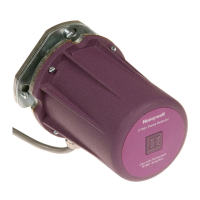
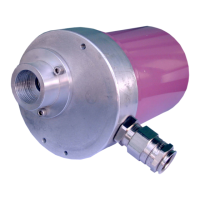



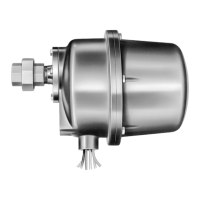

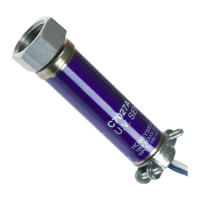
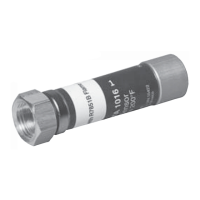
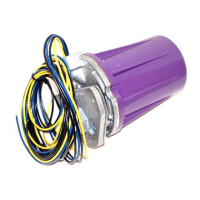
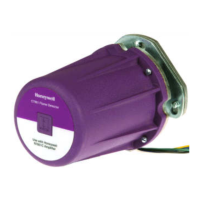

